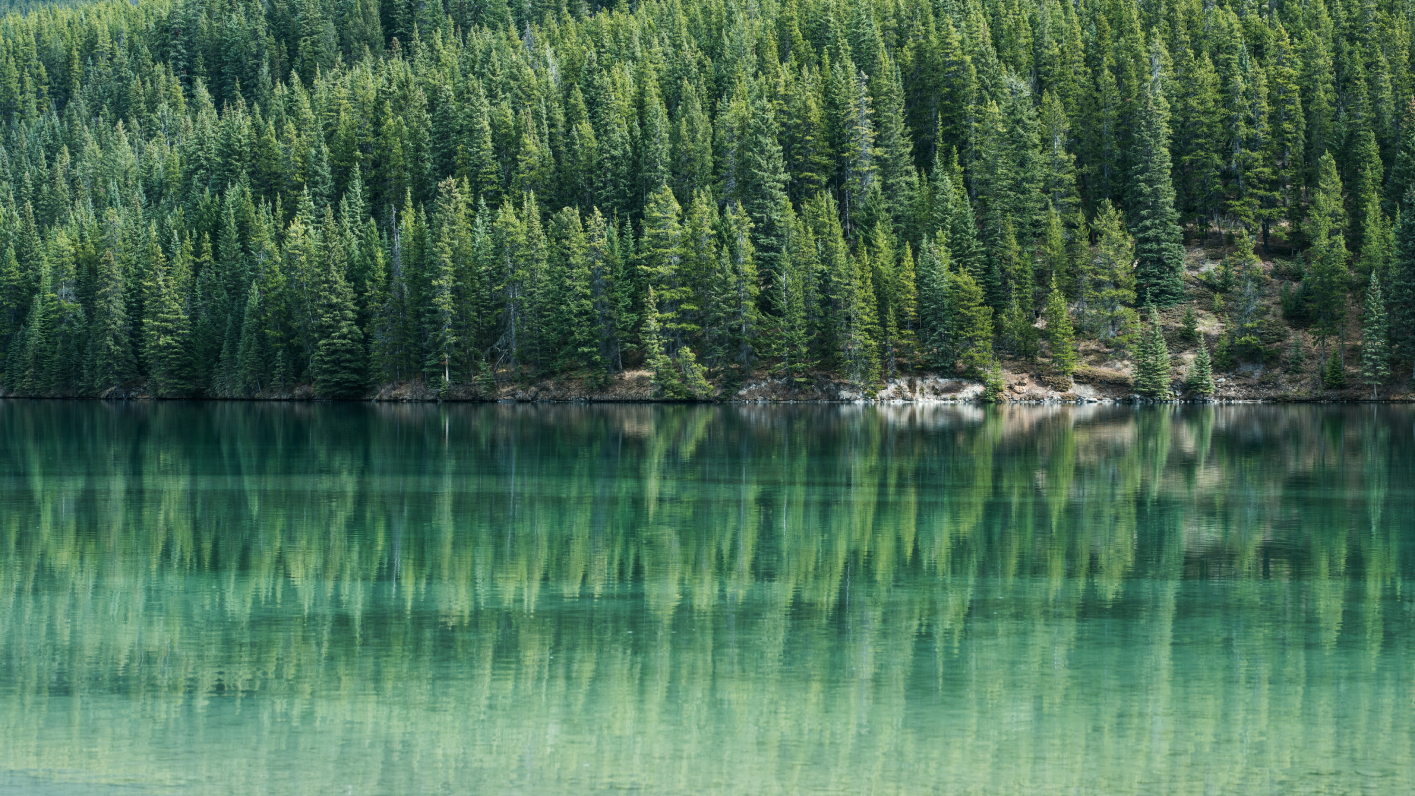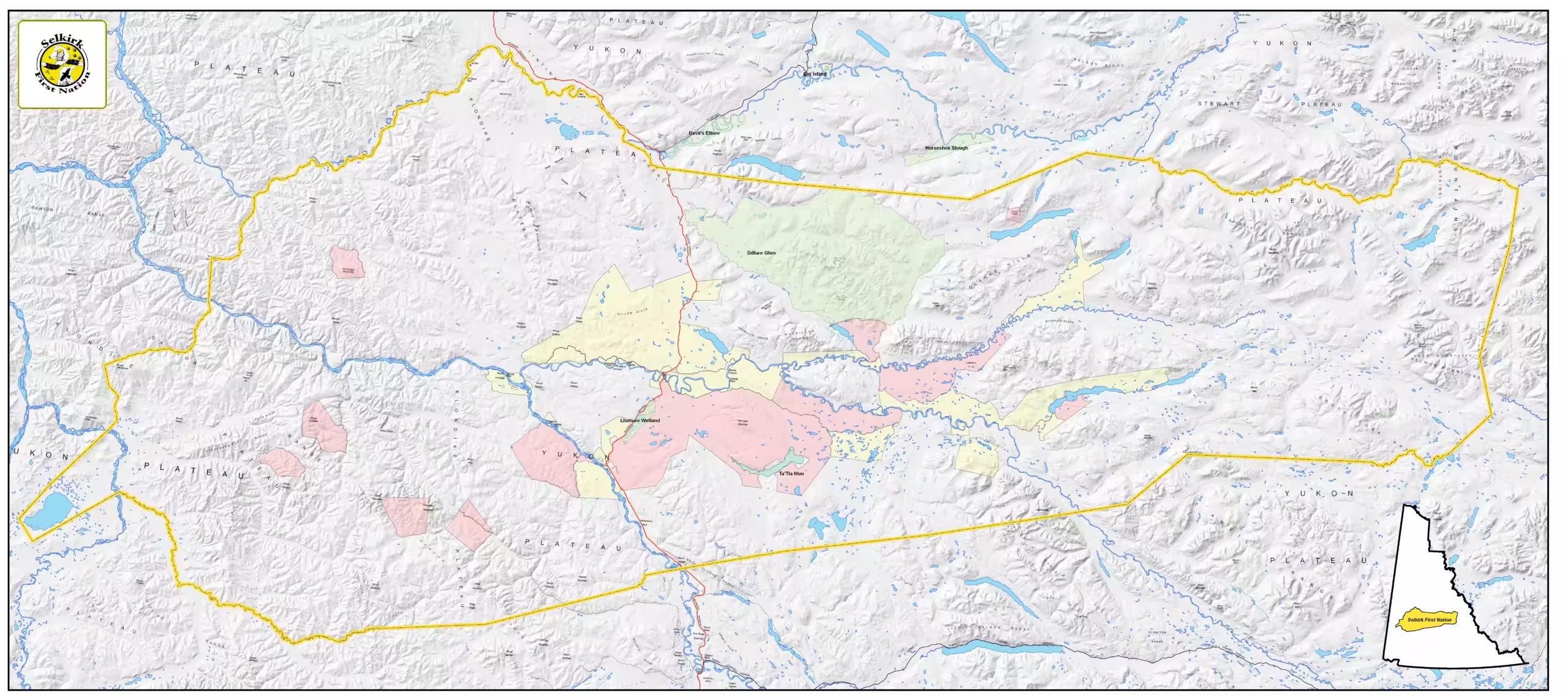Governing Institutions

Governing Institutions
Our Government
In July of 1997, the Selkirk First Nation signed their Self-Government and Final Agreements at Minto Landing. Their Council, whose responsibilities and authorities flow through a constitution, report to the General Assembly that governs the First Nation. The Selkirk First Nation Final Agreement provides for lands called Settlement Lands.
The Selkirk First Nation is a recognized government, having many of the authorities and responsibilities of both territorial and municipal governments. We provide autonomous governance and government programs for all our Citizens throughout the Yukon.
We collaborate with the federal and territorial governments in a government-to-government relationship to ensure that our Citizens receive programs and services comparable to those provided across the territory.
As a government, we have rights and benefits under our final agreements and power over our lands and resources.
We are also guided by our Traditional Laws handed down from our ancestors We are guided by 4 major principals: Sharing Caring, Respect, and Teaching.
As with all Canadian governments, the Selkirk First Nation government operates within the framework of the Canadian Constitution. Our jurisdictions and authorities are intended to operate in a manner consistent with federal and territorial jurisdictions.
Governing Institutions
Overview
Each governing institution shall exercise its authority and discharge its responsibilities in accordance with the Selkirk First Nation Constitution, with honesty, in good faith, and in the best interests of the Selkirk First Nation.
Council
The Council, elected by its citizens, is composed of the Chief, four Clan Councillors (2 Wolf and 2 Crow), one Elder Councillor, and one Youth Councillor. Their responsibilities include the management of property, interests and affairs of the Selkirk First Nation and their authorities flow through the Selkirk First Nation Constitution. They report to the General Assembly. The Council is elected every three years on the first Wednesday of April. The Council chooses the Deputy Chief from amongst its members and may fix the term of their office.
The General Assembly
Held every year, the Assembly is composed of all governing bodies and all Selkirk First Nation Citizens. The Assembly provides leadership, direction, priorities, and mandates for Selkirk First Nation. All the governing bodies are accountable to the General Assembly. The Assembly may review the performance and activities of any governing institutions. Citizens have the right to attend the Annual General Assembly (AGA). Citizens are also welcomed to join Selkirk First Nation public meetings to hold their government accountable.
The Elders Council
Any Selkirk First Nation Elder (55 years of age or older) can sit on the Elders Council. The Elders Council is an advising body. The Elders Council ensures that the Selkirk First Nation’s language, traditions, customs, and culture is preserved. The Elders Council appoints an Elder to be the Principal Elder.
Elders hold knowledge and are our history keepers. The Elders council demonstrates the traditions of compassion and respect as a guide to our other governing institutions.
The Family Heads
The Family Heads are grouped into 14 families from Pelly Crossing (Alfred, Blanchard/Baum, Edwards/Johnny, Harper, Isaac, Joe (Danny), Joe(Tommy), Johnson, Jonathan/Silas/Simon, McGinty, Robert/Luke, Sam, Siverfox/TomTom and Van Bibber. The Family Heads consist of one Family Elder and one Family Spokesperson. Each family decides who is the Family Elder and the Family Spokesperson.
As a governing Institution, the Family Heads make recommendations to the Council with respect to the annual budget of the Selkirk First Nation, provide advice to the council on other financial matters, select the assembly chairperson, select the auditor, advise who to appoint on boards and committees, and monitor and review the implementation of GA resolutions.
The Justice Council
Our constitution calls for a Justice council that will be created to act as a binding authority to settle complaints, and disputes.
For example, the Justice Council jurisdiction includes but is not limited to: determining the appropriate response to complaints, public safety concerns, and to hear, mediate, and settle any dispute.
The independent judicial authority of the Selkirk First Nation and of an equal number of persons who belong to the wolf clan and the crow clan.

Governing Institutions
Settlement Lands
The Settlement Land of the Selkirk First Nation is a total of 4739.68 square kilometers. We own and manage this land.
The Selkirk First Nation people have lived in the Traditional Territory of the Northern Tutchone for a very long time. Prior to living in Pelly Crossing, many of the people lived at Fort Selkirk then Minto Landing, located on the banks of the Yukon River.
Who Can Use Settlement Lands?
Selkirk First Nation Citizens have use of Settlement Land;
Generally, members of the public can access Settlement Land provided that they do not cause a significant impact (such as cutting or clearing) and are not accessing the land for commercial use. This means:
- You can walk your dog or ride your horse.
- You can hike.
- You can ride your ATV or drive your vehicle on certain trails or roads as long as they existed before the Final Agreements were signed. However, you must stay on the travelled part of the road or trail.
If you find any artifacts while on Settlement Land, make sure you do not touch or move them and report it to the Selkirk First Nation Heritage Department.
If you want to hunt, trap or fish on Selkirk First Nation Settlement Land, you must get written permission from our Lands Department of the Selkirk First Nation government.

